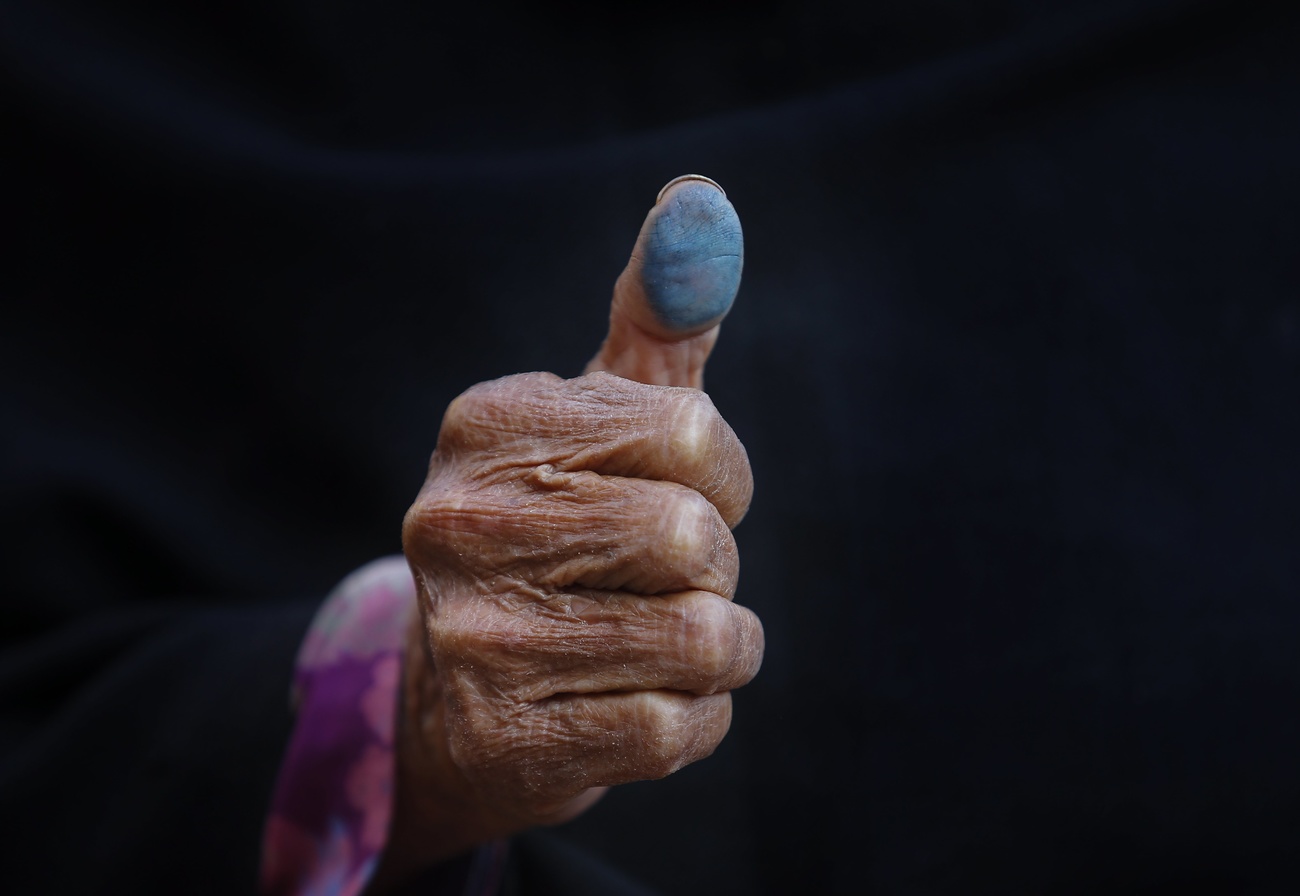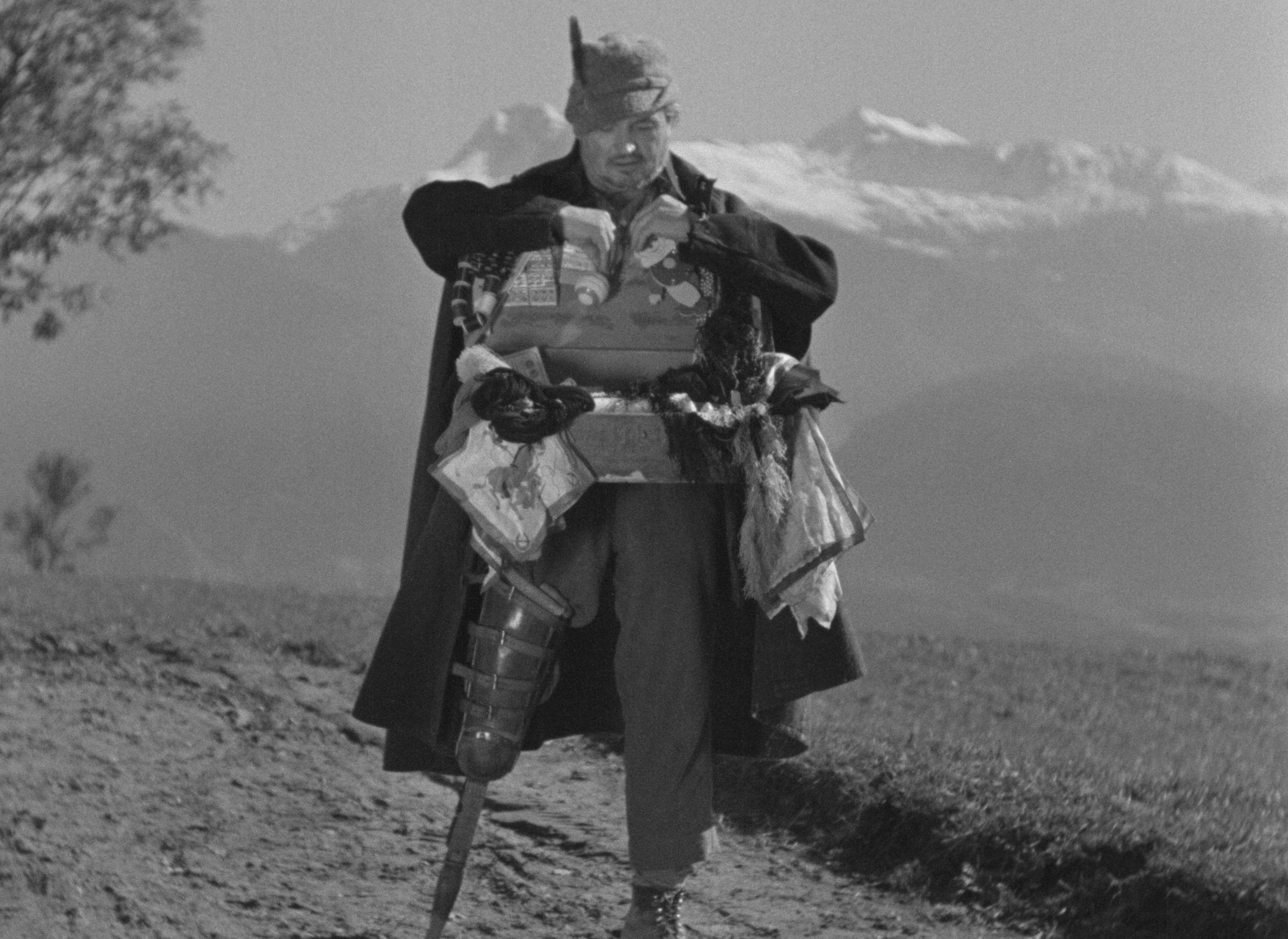
Treasury Yields Slide After Waller’s July Cut Call: Markets Wrap
(Bloomberg) — Bond yields fell as Federal Reserve Governor Christopher Waller reiterated his case for a July rate cut, while data showed consumer expectations for inflation improved. Stocks wavered amid earnings. President Donald Trump signed the stablecoins bill in a win for the crypto industry.
Short-dated Treasuries led gains as Waller hinted he would dissent if his colleagues vote to hold rates steady in July. Bonds also rose as University of Michigan data showed consumers expect prices to increase at an annual rate of 4.4% over the next year, down from 5% in the prior month. The S&P 500 was little changed. The dollar edged lower, but notched an advance for the week.
Subscribe to the Stock Movers Podcast on Apple, Spotify and other Podcast Platforms.
“Investors have something to cheer about with signs of improved inflation expectations,” said Jeff Roach at LPL Financial. “According to this report, the trajectory looks encouraging.”
Meantime, Waller said he sees no sign that inflation expectations are on the rise, which allows the Fed to move forward with rate cuts. He also restated the case the Fed should cut when policymakers gather later this month, given data suggesting the US labor market is “on the edge.”
“We think he is correct. The Fed’s role is to think ahead, not look behind, which is what Waller is doing concerning the slowing employment situation,” said Andrew Brenner at NatAlliance Securities. “Nonetheless a July cut won’t happen.”
Money markets still assign near-zero odds of a cut on July 30. They price in about 45 basis points of easing by year-end, down from more than 65 basis points at the start of the month.
US consumer sentiment rose to a five-month high in early July as expectations about the economy continued to improve. The preliminary July sentiment index rose to 61.8 from 60.7 a month earlier, according to University of Michigan data released Friday.
The report offered further relief after data this week showed US retail sales rebounded in June in a broad advance, tempering some concerns about a retrenchment in consumer spending.
To Mark Hackett at Nationwide, macroeconomic data remains broadly supportive, and the recent strength in markets has been impressive, though perhaps even more noteworthy is the prevailing sense of calm amid a busy and often volatile news cycle.
“Investors have responded positively to robust economic indicators and earnings reports that highlight continued resilience in US consumer spending,” he said. “The rest of earnings season will be a key test given elevated valuations and expectations, though with current momentum and sentiment, the path of least resistance is higher.”
At Wolfe Research, Chris Senyek says economic data releases this week have been consistent with his view that the US economy is coming in better than consensus expects.
“However, we continue to be worried about the risk of inflation remaining stickier than expected in the back half of 2025,” Senyek noted.
The stock market’s relatively modest gains this week despite mostly solid economic data and earnings could be a preview for much of the rest of the year, according to Daniel Skelly, head of Morgan Stanley’s Wealth Management Market Research & Strategy Team.
“While tariff uncertainty continues, the markets may be learning to live with it, to a certain extent,” he said. “But with a decisive resolution unlikely in the near term and the Fed holding the line on rate cuts, price action at the index level could remain congested.”
Tariffs
Trump is readying plans for industry-specific tariffs to kick in alongside his country-by-country duties in two weeks, ramping up his push to reshape the US’s standing in the global trading system by penalizing purchases from abroad.
Trump is pushing for a minimum tariff of 15%-20% in any deal with the European Union, the Financial Times reported. Meantime, Japanese Prime Minister Shigeru Ishiba and US Treasury Secretary Scott Bessent indicated the two nations could reach a “good” trade deal while signaling the process may take more time.
“The lack of any clear damage from the tariffs, solid earnings results, a firm job market, and consumers who keep spending are supporting the high valuations,” said Louis Navellier, chief investment officer at Navellier & Associates.
Corporate Highlights:
- The Food and Drug Administration plans to ask Sarepta Therapeutics Inc. to pause shipments of its Elevidys treatment after three deaths were linked to the company’s gene therapies, according to a person familiar with the matter.
- Humana Inc. lost a lawsuit seeking to reverse cuts to its Medicare bonus payments, a blow for the insurer that had hoped the court would restore billions in revenue.
- American Express Co.’s expenses grew in the second quarter as the firm made risk-management investments for its affluent consumers, who continued to spend amid economic uncertainty.
- Netflix Inc. beat expectations for second-quarter results and continues to trounce rival media companies, yet the shares slipped on Friday as investors took a pause after the stock has nearly doubled over the past year.
- 3M Co. raised its profit forecast and beat Wall Street’s estimates for the second quarter as Chief Executive Officer William Brown’s effort to reinvigorate the company gained momentum.
- Chevron Corp. has prevailed in a 20-month fight to buy Hess Corp. for $53 billion, overcoming a challenge by arch rival Exxon Mobil Corp. that was unprecedented in the modern history of Big Oil.
- SLB, the world’s largest oil-services provider, sees resiliency in the industry and remains constructive about the second half of 2025 despite uncertainties in customer demand.
- Interactive Brokers Group Inc. reported total net interest income for the second quarter that beat the average analyst estimate.
- Charles Schwab Corp. reported earnings per share that topped estimates as the firm said client assets hit a new record and trading revenue rose.
- Ally Financial Inc. left most of its forecast unchanged despite strong second-quarter consumer auto-loan originations and earnings.
- Meta Platforms Inc. said it won’t sign the code of practice for Europe’s new set of laws governing artificial intelligence, calling the guidelines to help companies follow the AI Act overreach.
Some of the main moves in markets:
Stocks
- The S&P 500 was little changed as of 4 p.m. New York time
- The Nasdaq 100 was little changed
- The Dow Jones Industrial Average fell 0.3%
- The MSCI World Index was little changed
- Bloomberg Magnificent 7 Total Return Index rose 0.7%
- The Russell 2000 Index fell 0.6%
Currencies
- The Bloomberg Dollar Spot Index fell 0.1%
- The euro rose 0.2% to $1.1622
- The British pound was little changed at $1.3413
- The Japanese yen fell 0.1% to 148.73 per dollar
Cryptocurrencies
- Bitcoin fell 1.7% to $117,433.01
- Ether rose 3.9% to $3,554.18
Bonds
- The yield on 10-year Treasuries declined two basis points to 4.43%
- Germany’s 10-year yield advanced two basis points to 2.70%
- Britain’s 10-year yield advanced two basis points to 4.67%
- The yield on 2-year Treasuries declined three basis points to 3.87%
- The yield on 30-year Treasuries declined one basis point to 5.00%
Commodities
- West Texas Intermediate crude fell 0.2% to $67.38 a barrel
- Spot gold rose 0.3% to $3,348.06 an ounce
©2025 Bloomberg L.P.
Beyond tariffs: how Switzerland turned trade talks into climate action with Mercosur

The Mercosur trade agreement recently signed by Switzerland includes commitments on environmental impact. These come on the back of increasing public scrutiny of free trade deals.
After eight years of talks, the deal between Mercosur and the EFTA countries was finalised this month. It eliminates tariffs on industrial products, food, and agricultural goods, including Swiss chocolate, while quietly imposing a geopolitical shift: Switzerland led the push for an environmental protocol to link the agreement to climate commitments, responding to growing pressure by consumers for socio-environmental responsibility.
The European Free Trade Association (EFTA) is made up of Iceland, Liechtenstein, Norway, and Switzerland; Mercosur is a regional union of five South American states – Argentina, Brazil, Paraguay, Uruguay, and Venezuela. Bolivia joined Mercosur only after the start of the trade talks and was thus not involved in negotiations.
Switzerland’s negotiation of the environmental protocol shows how the country, the largest economy in EFTA, tries to balance national interests and even shields its farmers from South American competition. On the Mercosur side, the Lula da Silva government in Brazil, the bloc’s largest economy, is leveraging bilateral deals during a period of confrontation with US President Donald Trump over tariffs while simultaneously leading a positive climate agenda.
Switzerland’s emphasis on the environmental protocol follows backlash from both politicians and farmers over potentially unfair competition from South American farmers – criticism that persists despite the government’s efforts to address these concerns during the negotiations.
“Switzerland systematically seeks to conclude trade agreements that promote sustainable growth both at home and in its partner countries,” the State Secretariat for Economic Affairs (SECO) told Swissinfo.
Duty-free chocolate and meat
EFTA and Mercosur concluded negotiations for a free trade deal in early July after 14 rounds of negotiations. The announcement opened access to a combined market of approximately 290 million consumers and a GDP of about $4.39 trillion (CHF3.51 trillion) in 2024, according to the blocs.
For Switzerland, the free trade agreement could generate customs savings of up to CHF160 million per year, according to SECO.
Beyond the headline figures, the agreement grants preferential access to the South American countries to strategic markets for agricultural exports. Products such as beef, pork, poultry, roasted coffee, and fruits, among others, will benefit from more favourable conditions to enter European markets.
In return, the European countries will be able to export high-value-added products – including pharmaceuticals, chemicals, and chocolate – free of tariffs and with reinforced intellectual property protections.
Forests under watch
Beyond tariff reductions, the agreement reflects the nuances of EFTA diplomacy, especially Swiss diplomacy, in pursuing agreements focused not only on product flows but also on environmental and social responsibility – a form of “climate diplomacy”.
Although the group is cohesive regarding the socio-environmental terms, Switzerland claims that it had pushed for these clauses, largely in response to domestic societal pressure.
“Switzerland is committed to including specific provisions governing the social and environmental aspects of trade whenever it negotiates new or updates existing free trade agreements,” stated SECO.
According to Manfred Elsig, professor of international relations at the World Trade Institute at the University of Bern, the inclusion of socio-environmental terms is a relatively new element in EFTA’s trade diplomacy, gaining traction since the 2021 Swiss agreement with Indonesia, which contained similar provisions. These came in response from organisations representing Swiss farmers.
“Since the Indonesia free-trade agreement [which entered into force in 2021], attention to these issues has increased. This trend can also be seen in trade agreements recently concluded with other developing countries, including Thailand. Certainly, we can expect the Swiss public to closely scrutinise the Mercosur deal and its environmental implications,” Elsig said.
The agreement with Merscosur, set to be signed later this year, reaffirms the sovereign right of countries to establish their own levels of environmental and labour protection, a regular feature of EFTA deals, seeking alignment with multilateral agreements such as the Paris Agreement, the Convention on Biological Diversity, and the fundamental conventions of the International Labour Organization.
The text, shaped by Swiss diplomacy, also includes commitments for Mercosur countries related to biodiversity conservation, sustainable agriculture, the promotion of women’s participation in international trade, and the recognition of traditional knowledge from local communities and indigenous peoples.
These terms establish, for example, that international digital service providers, companies that operate via computer networks, can only benefit from the Mercosur-EFTA agreement if their country’s electricity matrix uses at least 67% clean energy.
To ensure implementation, the treaty provides for cooperation, monitoring, and dialogue mechanisms focused on transparency and the prevention of arbitrary sanctions – a turning point for the importance of environmental clauses, which were often excluded when legal enforcement mechanisms were involved.
For Stefano Jud, postdoctoral researcher at the Wyss Academy for Nature at the University of Bern, the inclusion of environmental commitments also serves to ease domestic political tensions. “Swiss political parties that support the FTA used this clause as an important argument to counter concerns raised by opponents of the deal regarding Indonesia’s environmental impact,” he said.
According to Jud, with Indonesia, in the first agreement that included such terms, there was a clear political dispute that can be repeated now. “If a Mercosur FTA were put to a vote, I would expect a negative effect of this green backlash on support, amplified by the fact that Mercosur exporters compete directly with Swiss agriculture and are linked in the public mind to sensitive biomes such as the Amazon”.
Even as the government highlights the importance of the agreement’s environmental clauses to the Swiss foreign ministry, segments of Swiss society remain opposed to the deal.
The Green Party reiterated its opposition to the Mercosur agreement in an open letter. The document argues that expanding agricultural exports and liberalising trade in farm products are fuelling the rapid industrialisation of agriculture in Mercosur countries, with harmful consequences for the environment, local communities, and animal welfare. “More free trade in agriculture means more environmental destruction,” said Christine Badertscher, a Green Party parliamentarian.
More pressure awaits for the deal. The Swiss Farmers’ Association plans to conduct a thorough review of the agreement. If needed, it will call for additional safeguards. According to a statement to the Keystone-SDA news agency, the association aims to evaluate both the opportunities and risks the deal presents for Swiss agriculture.
On the other hand, the Swiss industrial association Swissmem welcomed the deal, saying it was a major victory for the entire economy. Swissmem also expects a swift approval process and reckons that taking the deal to a referendum would be an insult.
Moreover, according to Jud, even with the political wrangles, Switzerland can leverage its comparative advantage on higher environmental standards to safeguard its economy and bolster its international reputation, all under the banner of environmental governance.
“In this context, the sustainable development chapter acts as a safety net for Swiss farmers. It is a form of disguised protectionism under the pretext of sustainability. At the same time, there are provisions that help sway more cosmopolitan and urban voters concerned with the global environmental and social implications of agriculture and who support more sustainable food production systems,” Jud said.
Edited by Virginie Mangin/ac

More
Our weekly newsletter on foreign affairs
Switzerland Today
Dear Swiss Abroad,
It just can’t be stressed enough: it’s not a good idea to go digging around archaeological sites without permission. As you’ll read in our round-up of today’s news, two Swiss citizens have learned this lesson the hard way in France.
Also on the news menu: Swiss tourist authorities get a prestigious new ambassador, lynxes in Switzerland face hurdles to avoid extinction, and Swiss cars seem particularly attractive for cross-border thieves.
Enjoy the read!

Back in the 1970s, the lynx was the first big predator to be reintroduced to Switzerland. But half a century later, it remains a threatened species in the country.
After disappearing in the 19th century due to hunting and the disappearance of its natural habitat, lynx were reintroduced via individuals brought from the Carpathian Mountains. At first they was found in the Jura mountains, then the western Alps, and now the cat is present in several regions of Switzerland. Some 343 lynx are estimated to live in the country.
The reintroduction efforts have all the makings of a success story, but there’s a hitch: too much inbreeding has facilitated the appearance of hereditary diseases. In the Alps, for example, heart valve defects have been observed, leading to a high mortality rate among young lynx. In the Jura, young individuals have even been spotted without ears.
According to specialists, the lynx could become extinct if nothing is done. The solution lies in introducing new individuals from abroad. But making this happen won’t be easy, as the cat still faces fierce opposition among hunting and farming circles.

Digging up objects from historical sites can have big consequences. Two Swiss learned this lesson the hard way in France – each getting hit with a €10,000 fine for having “damaged the archaeological heritage” of the Verdun battlefield in 2023.
The fine was handed down around two months ago, but initially went rather unnoticed. Then this week, France’s leading private TV channel TF1 brought up the story as part of a news report about looters who plunder the site of the most famous battle of the First World War.
The fine is particularly severe, and is a “an unprecedented judgement for First World War sites”, according to authorities in the Meuse region, where Verdun is located. But the two Swiss were not simply tourists out for a souvenir; they came kitted out with a whole range of specialist equipment (metal detectors, shovels, climbing ropes, maps) and had amassed a haul including fragments of grenades and shells by the time they were arrested.
As a reminder: collecting objects from historical sites – even simple stones or shards of pottery – is prohibited in most countries. Such restrictions can now even exist to protect nature; collecting sand, pebbles or shells can thus also result in fines. So, if in doubt, it’s best to refrain from picking up any impromptu souvenir.

Reflecting the country’s wealth, Swiss roads enjoy a high proportion of luxury and premium cars. This has not escaped the attention of thieves from elsewhere. While it is by no means a new phenomenon, in recent weeks there has been a surge in thefts of luxury cars by criminals from France.
The modus operandi is the following: the thieves steal the keys to luxury or premium cars from dealerships or workshops, nab the vehicle, then head for France on the motorway at high speed. The thefts can sometimes lead to impressive car chases that can endanger other motorists.
This phenomenon first affected the German-speaking cantons of Zurich and Aargau, and is now spreading to French-speaking parts of Switzerland. “Over the past few months, half a dozen burglaries targeting garages and panel beating workshops have been reported in the canton; the trend intensified during the first half of July,” notes the cantonal police in Vaud.
“Generally speaking, the perpetrators of the thefts are French, sometimes underage and likely recruited by mafia networks,” added the Vaud cantonal police. To curb the phenomenon, the police recommend that car dealerships store keys in secure locations and fit vehicles with immobilisers and GPS trackers.

Switzerland Tourism couldn’t have hoped for a better ambassador. Justin Bieber is on holiday in Switzerland with his wife Hailey, and the Canadian star’s upbeat online comments are proving to be a good way to promote the places he’s visiting.
Maybe it’s unique to Switzerland that an international star can walk around in peace. In any case, Justin Bieber likes it. Alone on his electric scooter on the cycle path crossing the famous Mont-Blanc bridge in Geneva, he said: “This is crazy, nuts. It’s so pretty.”
After Geneva, the Canadian crooner shined a spotlight on the Vallée de Joux. One of the highlights of his trip to this area of the Vaud Jura was a visit to the museum and workshop of watchmaker Audemars Piguet.
Meanwhile the couple showered their followers on social media with reports and snaps of their Swiss discoveries. Which means a lot of online attention: Justin Bieber has 295 million followers on Instagram, his wife has 55 million.
Translated from French by DeepL/dos

More
Beyond tariffs: how Switzerland turned trade talks into climate action with Mercosur
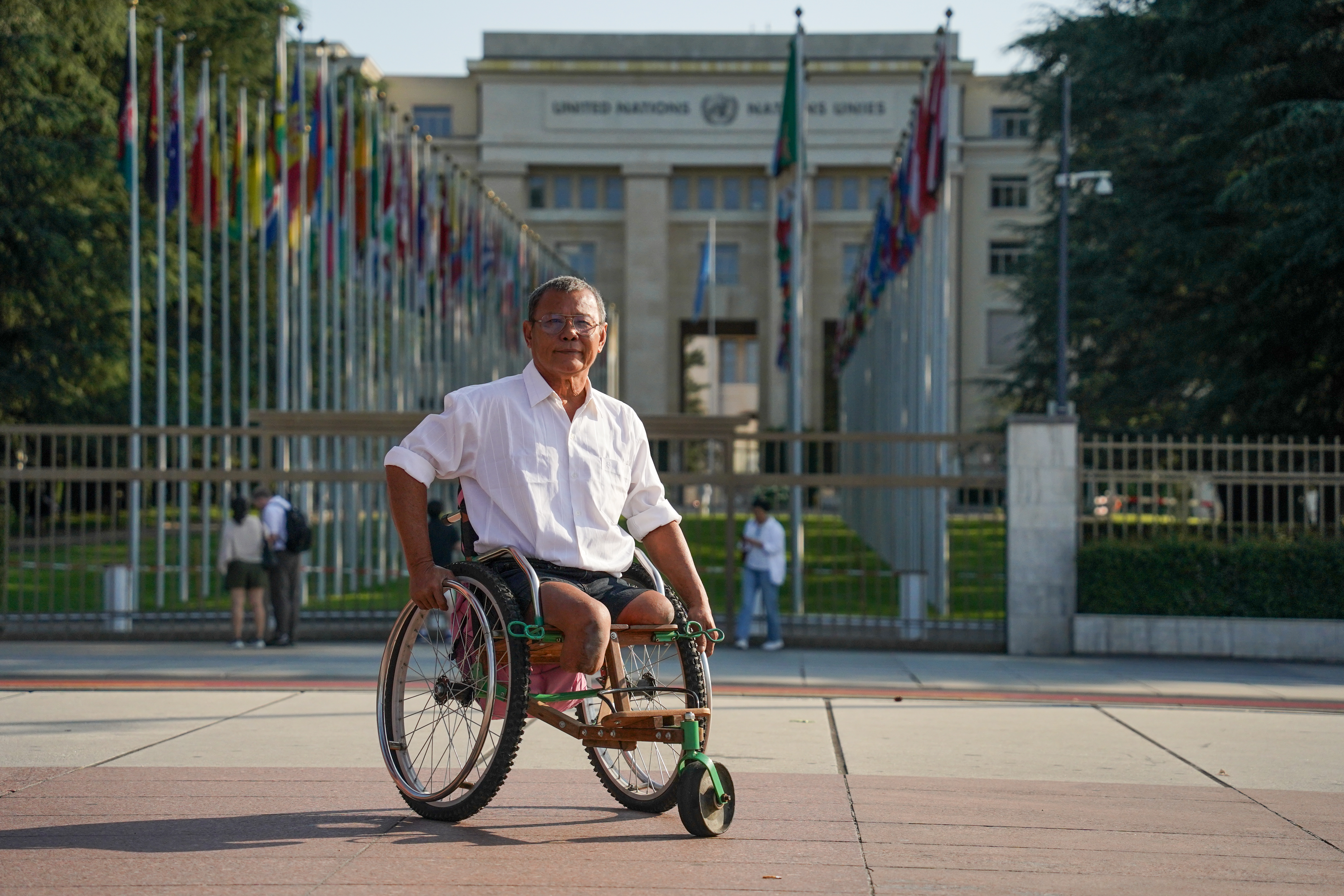
More
Cambodia’s Tun Channareth renews fight for mine-free world in Geneva

More
Why five European countries want to allow anti-personnel mines again
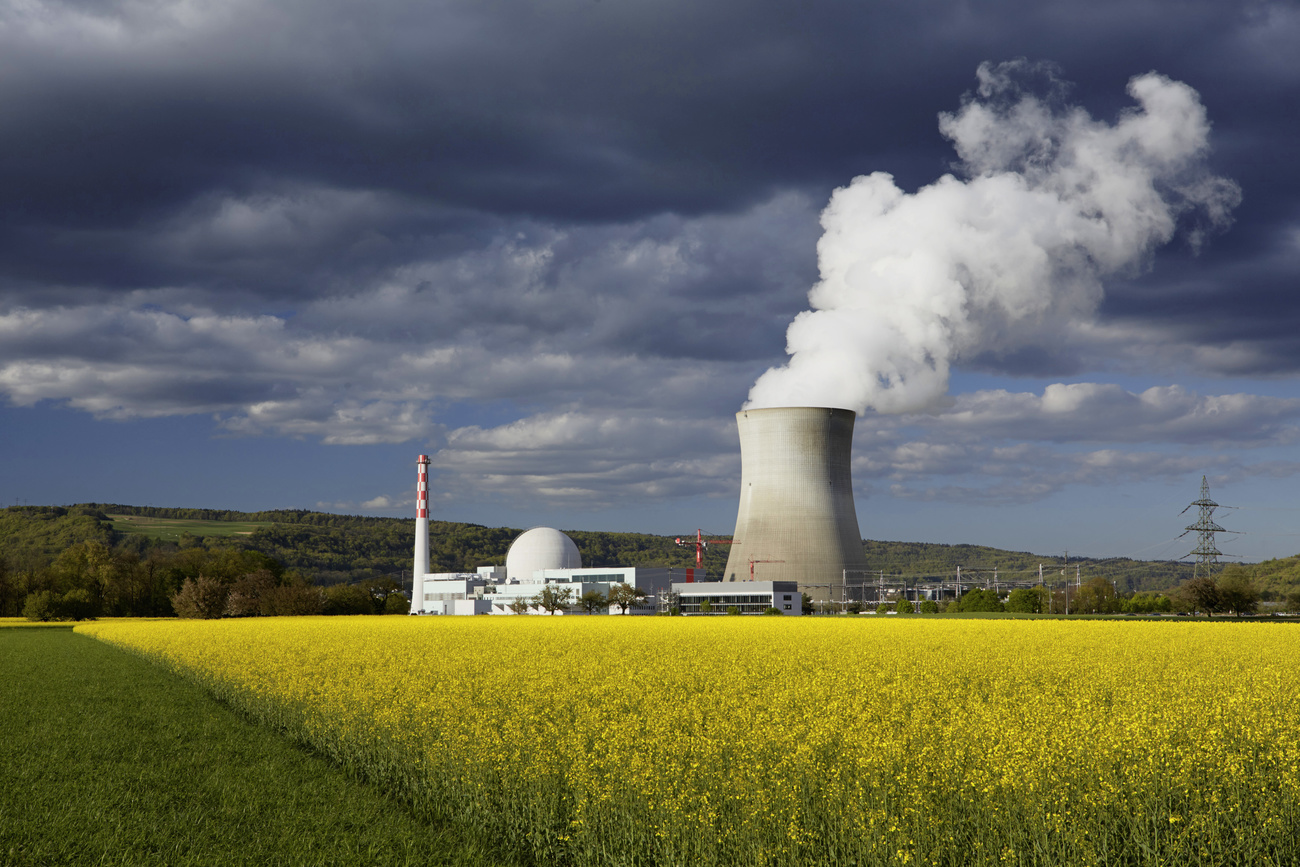
More
Risks remain as Switzerland weighs return to nuclear power
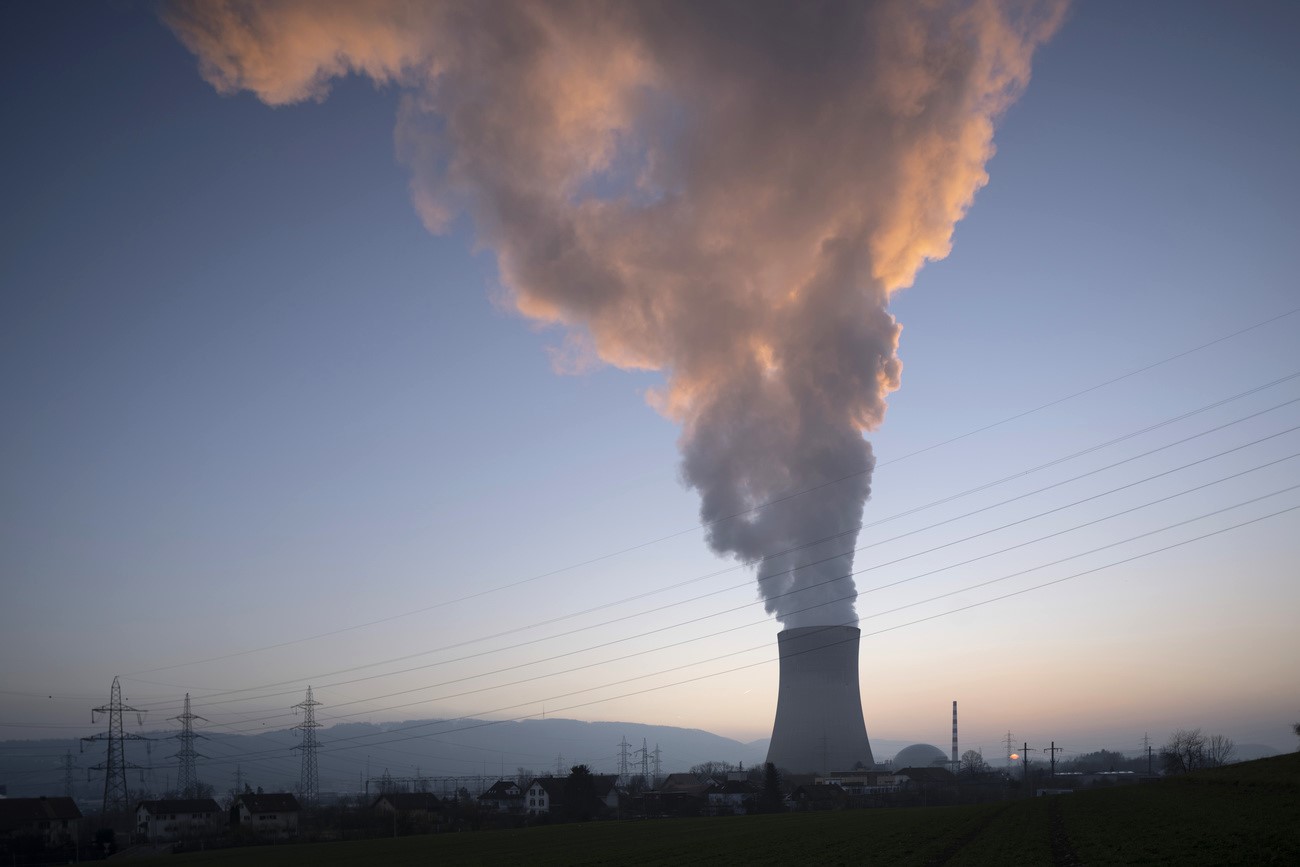
More
Why climate change and wars are reviving interest in nuclear energy
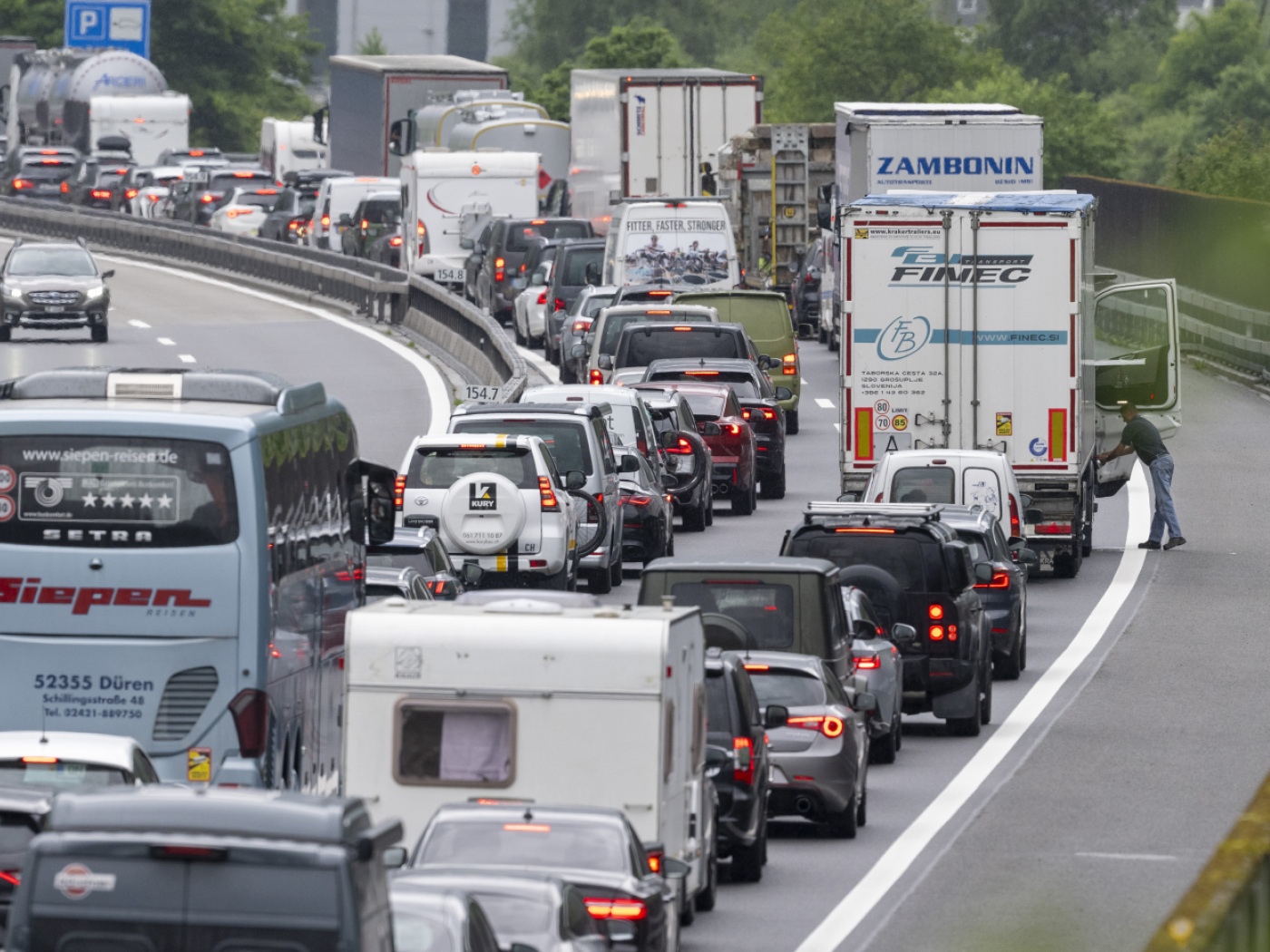
More
Gotthard traffic queue hits 11km at start of holiday season

More
Green vote failure: ‘Swiss voters don’t like bans’

More
Swiss voters reject green overhaul of economy
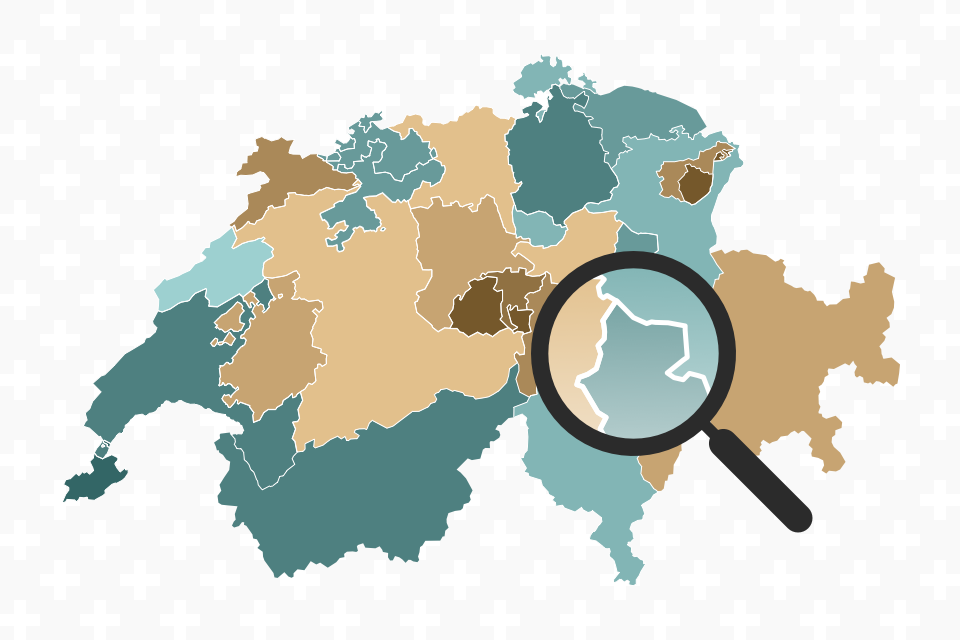
More
February 9, 2025 vote: the result from across Switzerland

More
From emigration to arrival: How to successfully integrate abroad

More
Tax information when emigrating from Switzerland: what you need to know
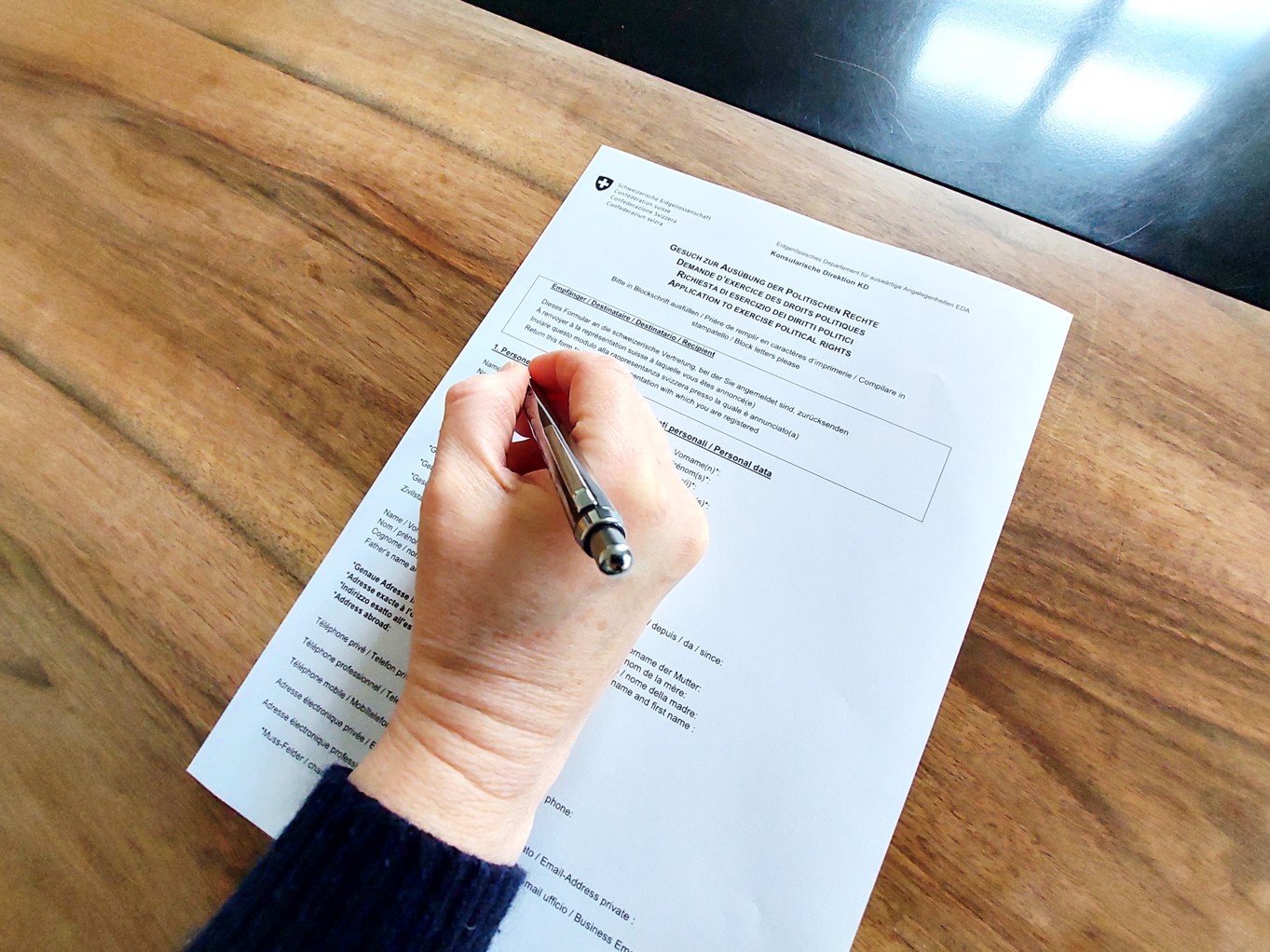
More
Voting from abroad: How to register for Swiss elections
Switzerland in pictures

More
Picture of the day

More
Switzerland in pictures

More
Picture of the day

More
Picture of the day

More
Picture of the day
Let’s talk
News from Switzerland
Picture of the day
Bird’s-eye view: the performance by US band The Black Keys at the 59th Montreux Jazz Festival also looked good from the sky.
Solar plane flies around Matterhorn

Solar energy pioneer Raphaël Domjan and his team continued preparations for the altitude record attempt at 10,000 metres with the SolarStratos solar aircraft.
+Get the most important news from Switzerland in your inbox
From Sion in Valais, HB-SXA climbed to an altitude of more than 4,000 metres on Friday.
Domjan flew past the Matterhorn, among other places. The aircraft is to be prepared to fly to an altitude of 10,000 metres. This would be a record for manned electric solar aeroplanes.
SolarStratos was previously stationed in Payerne. Domjan and his team have taken up residence at Sion airport for the summer. There, the experts are waiting for the “first favourable weather window” to take advantage of the summer thermals and fly the aircraft to the targeted altitude.
+ Five unusual places to install solar panels in Switzerland
Domjan made his first attempt last summer, but it ended at 5,963 metres. This meant that he was unable to beat Bertrand Piccard’s Solar Impulse altitude record of 9,235 metres.
With all the work that has been done since last summer, the knowledge gained, increased battery capacity and the new variable pitch propeller, the team is ready to take on the challenge, Domjan said in a press release.
With this project, the Neuchâtel adventurer and his team want to show the younger generation in particular that renewable energies such as solar energy make it possible to “continue to realise dreams, such as continuing to fly, even in a low-carbon future”.
Translated from German by DeepL/ts
We select the most relevant news for an international audience and use automatic translation tools to translate them into English. A journalist then reviews the translation for clarity and accuracy before publication.
Providing you with automatically translated news gives us the time to write more in-depth articles. The news stories we select have been written and carefully fact-checked by an external editorial team from news agencies such as Bloomberg or Keystone.
If you have any questions about how we work, write to us at english@swissinfo.ch
Vaccinations imposed for some Swiss cattle

Cattle in canton Geneva and in the neighbouring region of Terre Sainte in canton Vaud are being vaccinated against the contagious viral skin nodule disease. The first cases of the animal disease were reported at the end of June in France, just outside Geneva.
+Get the most important news from Switzerland in your inbox
On Friday the Federal Food Safety and Veterinary Office (FSVO) announced the mandatory vaccination of all animals susceptible to the virus within the surveillance area defined in Switzerland. With the vaccination, the authorities want to create a buffer zone and prevent the spread of this animal disease, also known as lumpy skin disease.
The FSVO points out that vaccination is the only effective measure to stop the disease and protect the animals in the best possible way.
As no vaccine against the contagious lumpy skin disease has yet been approved in Switzerland, the FSVO issued a general decision on July 11 in consultation with Swissmedic. This authorises the import and use of vaccines that have proven effective in outbreaks of the disease in Europe.
+ Is mad cow disease making a comeback?
The FSVO has also imposed restrictions on the movement of animals and goods in the surveillance zone. Cutaneous nodular disease is mainly transmitted by the bites of horseflies, flies and mosquitoes. Livestock owners are asked to protect their animals as much as possible from these insects.
Lumpy skin disease only affects cattle (cows, buffalo, bison). Goats and sheep are not affected by the disease. Although the mortality rate is generally low, losses due to reduced milk yield, abortions, infertility and reduced leather quality are to be expected.
The disease is harmless to humans. “The consumption of products from infected or vaccinated animals poses no risk to human health”, states the FSVO.

More
The difficult search for real Swiss cows
Translated from German by DeepL/ts
We select the most relevant news for an international audience and use automatic translation tools to translate them into English. A journalist then reviews the translation for clarity and accuracy before publication.
Providing you with automatically translated news gives us the time to write more in-depth articles. The news stories we select have been written and carefully fact-checked by an external editorial team from news agencies such as Bloomberg or Keystone.
If you have any questions about how we work, write to us at english@swissinfo.ch
Fewer attacks on Swiss ATMs but their future remains uncertain

Bank ATMs in Switzerland are less prone to attacks by criminals, but their future remains uncertain given the less active use of cash by the population.
+Get the most important news from Switzerland in your inbox
In the first six months, eight attacks with explosives were carried out against cash machines in Switzerland, according to data collected by the AWP agency at the justice ministry. In the whole of 2024, 48 attacks were recorded.
“Similar cases in Germany, the Netherlands, Italy and France show that this is a European concern,” notes a spokesman for the Federal Office of Police (Fedpol). “But Switzerland is a prime target because of its geographical location and the density of its network of distributors.” This explains the record number of 52 assaults in 2022.
+ Politicians sound alarm over ATM attacks in Switzerland
“After the attack of May 27, 2024, in La Brévine and based on the modus operandi, the protection system was completely revised,” the Neuchâtel Cantonal Bank (NCB) told AWP. The amount of the loot and the budget for the resources used were not disclosed.
But are the machines still needed? “Yes, ATMs still have a role to play, especially in some regions, even if their use is changing,” replied the Jura Cantonal Bank (BCJ). Two new machines have recently been installed in the canton and a third is planned for the end of the year. “We do not see them in opposition to digital solutions, but as a complementary element in an ecosystem of services. The hybrid approach makes it possible to support all customer profiles.”
+ Why the Swiss still like to have cash in hand
For the NCB, too, the future is not all digital. “The public’s reliance on cash was particularly evident during the giant power outage in Spain in May and with the increase in piracy,” it noted.
For their part, the Post Office’s 777 Postomats experienced a 10% drop in transactions in early 2025 compared to the same period in 2024. “We experienced a similar decline in previous years,” the head of communications said. “Despite the current trend, however, the Swiss population still places a lot of trust in cash, compared to the rest of Europe.”
In France, institutions are opting for the collective approach: BNP Paribas, Credit Mutuel, Société Générale and CIC have created a system of shared devices. Similarly, Swiss Post wants to focus on the management of decentralised infrastructures. “We have entered into partnerships with various third-party banks,” the spokesman says, without giving financial details.
For its part, the online bank Revolut will launch its first 50 ATMs in Spain this summer, with a view to European expansion in Germany, Italy and Portugal from 2026. The company has not yet set its sights on Switzerland, however.
Other operators are, however, entering the cash market. Since March, it has been possible to withdraw between CHF20 ($25) and CHF300 at the tills of Aldi Switzerland’s 247 branches. ‘There is a growing demand for simple and affordable solutions for everyday life,” says a press officer at the supermarket chain. The company said it was “very pleased with the launch”. The same offer is in use at other retailers.
Translated from Italian by DeepL/ts
We select the most relevant news for an international audience and use automatic translation tools to translate them into English. A journalist then reviews the translation for clarity and accuracy before publication.
Providing you with automatically translated news gives us the time to write more in-depth articles. The news stories we select have been written and carefully fact-checked by an external editorial team from news agencies such as Bloomberg or Keystone.
If you have any questions about how we work, write to us at english@swissinfo.ch
Aare alert: oil leaks into Swiss river

Oil and extinguishing water got into the River Aare on Friday following a fire in Wynau, canton Bern.
+Get the most important news from Switzerland in your inbox
Oil barriers had to be erected between Wynau and Ruppoldingen near Olten, canton Solothurn, according to Bern cantonal police.
A barn was completely razed by the fire on Friday night. The fire also spread to a neighbouring house. Nobody was injured. Five people were able to leave the house on their own. According to the police, their house is no longer habitable.
Oil and extinguishing water entered the River Aare as a result of the extinguishing work. The public was asked to stay away from the Aare in the section concerned. Investigations into the cause of the fire and the extent of the damage are underway, they added.
The operations of the Wynau, Langenthal, Aarau and Murgental fire services were still ongoing at midday on Friday.
Translated from German by DeepL/ts
We select the most relevant news for an international audience and use automatic translation tools to translate them into English. A journalist then reviews the translation for clarity and accuracy before publication.
Providing you with automatically translated news gives us the time to write more in-depth articles. The news stories we select have been written and carefully fact-checked by an external editorial team from news agencies such as Bloomberg or Keystone.
If you have any questions about how we work, write to us at english@swissinfo.ch
Rockfalls measured above Swiss village
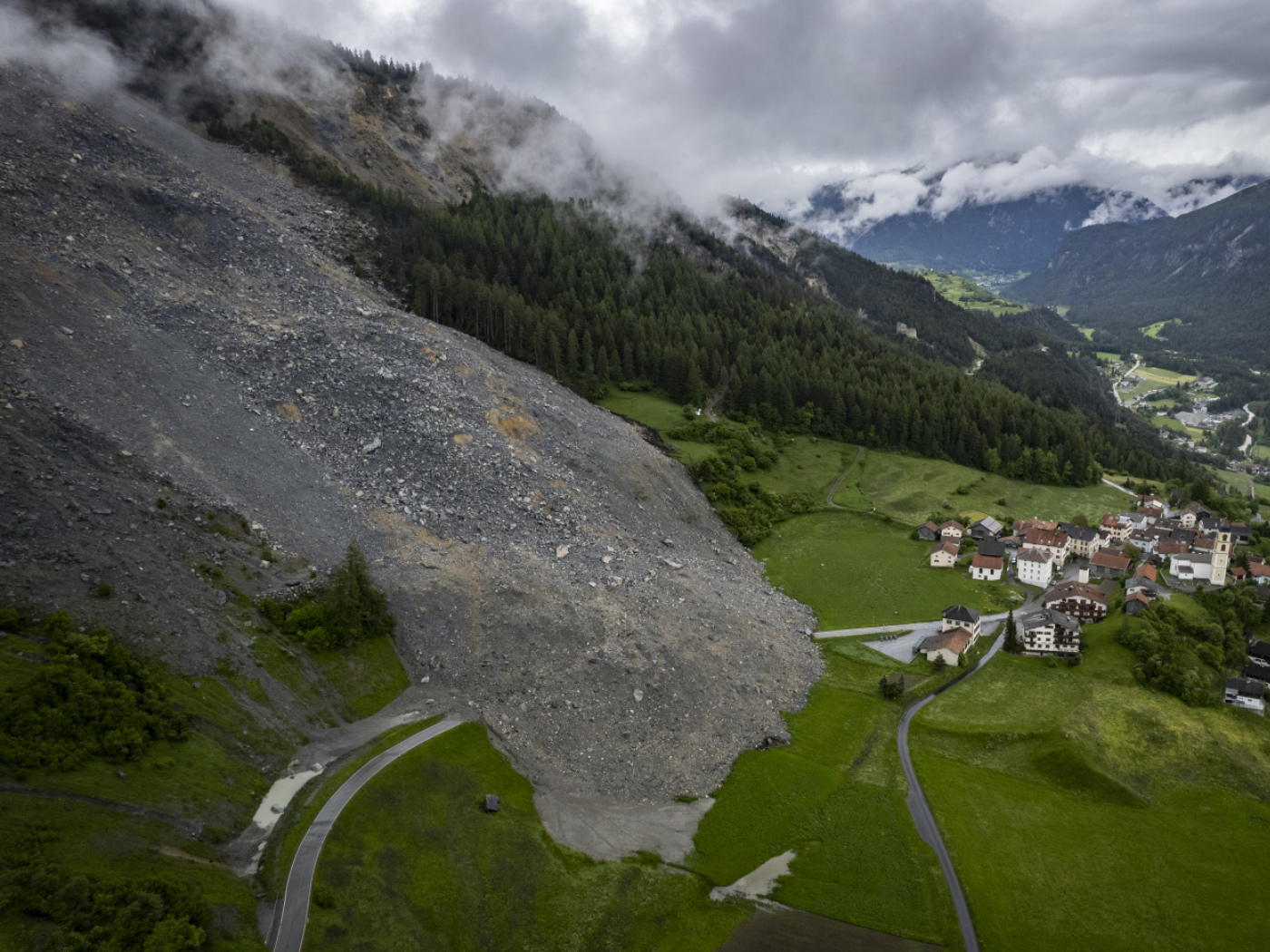
A series of small rockfalls occurred above the village of Brienz/Brinzauls in eastern Switzerland between July 9 and 12.
+Get the most important news from Switzerland in your inbox
According to the municipality of Albula, the overall situation remains tense. Several people disregarded the ban on entering the area around the village.
The series of “smaller rockfalls” from the eastern plateau and the so-called front above the village of Brienz/Brinzauls comprised several thousand cubic metres, the municipality of Albula said on Friday in its information bulletin on the landslide. The debris fell onto the “Schutthalde oben” area and significantly accelerated this landslide. However, the speed of the plateau has decreased slightly.
+ Blatten glacier collapse: what happens next?
Following the heavy rainfall at the beginning of July, the speed of the landslide has now calmed down somewhat, for example in the village itself. However, if it rains again, the eastern plateau area, for example, could accelerate again. “The risk situation could therefore quickly escalate again,” the bulletin stated.
The authorities are therefore maintaining the red danger level. The ban on entering the village of Brienz/Brinzauls and its surroundings therefore remains in place.
+ Why do Swiss mountains collapse? It’s complicated
Several people disregarded the access ban
According to the municipality of Albula, several people have disregarded this access ban in recent weeks. Most of them were cyclists who “obviously did not want to make the diversions via Tiefencastel”. The individuals were reported to the police and must expect a fine.
The village of Brienz/Brinzauls, which belongs to the municipality of Albula, has been evacuated again for several months. In 2023, a huge flow of debris stopped just before the edge of the village. The volume of rock that slid off amounted to 1.7 million cubic metres. Now, in extreme cases, the mass of the landslide could be even greater.
Translated from German by DeepL/ts
We select the most relevant news for an international audience and use automatic translation tools to translate them into English. A journalist then reviews the translation for clarity and accuracy before publication.
Providing you with automatically translated news gives us the time to write more in-depth articles. The news stories we select have been written and carefully fact-checked by an external editorial team from news agencies such as Bloomberg or Keystone.
If you have any questions about how we work, write to us at english@swissinfo.ch
Arosa cable cars celebrate record year

Switzerland’s Arosa Bergbahnen (cable cars) achieved the highest figure in its 95-year history in the 2024/25 financial year with net revenue of CHF37 million ($46 million).
+Get the most important news from Switzerland in your inbox
Arosa Lenzerheide in eastern Switzerland was able to capitalise on strengths such as snow reliability and the size of the ski area in a long winter season, the company said on Thursday.
Ticket sales from the winter sports business contributed the lion’s share of revenue. They accounted for 93% of transport revenue. The reported annual profit totalled CHF2.4 million.
Summer business in 2024 was comparatively average with 146,000 visitors, according to the press release. However, expectations were exceeded in the winter months despite a winter with little snow.
+ Switzerland’s first padel court on water built in Arosa
“The consistently pursued qualitative development of the range of services on both sides of the mountain, combined with favourable atmospheric conditions, are paying off,” the management said in the press release. Last winter season, Arosa Lenzerheide recorded 83 days of sunshine (58%), which is well above the long-term average.
Once again, technical snowmaking proved to be an indispensable basis for reliable winter operations, it said. At the same time, the natural snow fell sparingly, but always at the right time. “Until the late end of the season on April 21, 2025, excellent winter sports conditions prevailed throughout, often accompanied by beautiful weather at the weekends,” it said.
Translated from German by DeepL/ts
We select the most relevant news for an international audience and use automatic translation tools to translate them into English. A journalist then reviews the translation for clarity and accuracy before publication.
Providing you with automatically translated news gives us the time to write more in-depth articles. The news stories we select have been written and carefully fact-checked by an external editorial team from news agencies such as Bloomberg or Keystone.
If you have any questions about how we work, write to us at english@swissinfo.ch



